Dana Gleason Interview :: The invention of the 3Zip (Part 1)
There are not many fundamentally new designs in the world of backpacks. The internal frame was one. The panel loader was another. And more recently, the 3Zip, an ingenious Y-shaped zip that blew the head off every carry geek across the globe for the awesome access it allows. And who else would be behind it, but one of the all time masters: Dana Gleason. We dropped him a line and talked in length about his zip, his brand and the industry in which he's helped change so much. Gosh we love this part of the job…
So, the 3Zip, can you talk us through the seed of the idea? It began as a ski pack, didn’t it?
Well, it started out as a day pack and I was just sick and tired of the more common pack design we call panel loaders, with just the big old U-shaped zipper. And I had built a number of them through the 80's and 90's. It was really the established day pack shape.
But I really didn't like the way you'd zip the whole thing open. There was nothing holding the load in. And it was kind of a pain in the ass to use. Also I was in the habit, before we developed carrying skis across the back of packs which I will make a not so humble claim to be the first at doing in the 80's and 90's, we were also carrying skis on the sides of packs and the basic zipper shape that went into the panel-loading type day packs never really worked well with carrying skis.
So you sort of look at the zipper on a panel loader and okay, say it was one zip, I kind of looked at it as two zippers, one on each side and you could just run the slider up over the top. And thinking about it that way, it came around to what if we did three zippers and zipped around the top and right up the middle. And that as an idea for a pack bag took a little bit of work because the first ones we did, we connected all three zippers so they came together at kind of a small open point right where you still see three zippers coming together today, but it wasn't weatherproof.
And I was playing with that style of pack bag for a few weeks and we had a couple of them out on people. And I had one myself and I simply came to the realization that I needed to run the vertical zipper that goes up the middle of the pack up under the zips that go around the top. And that was actually a little bit difficult to work out the first time.
I guess because your center line splits so you can't just run a standard gusset behind that little lip.
Not really, because if you do that it's going to have to come from the top and the way we decided to do the top where it comes down in a V-shape was done quite deliberately so that we could just hook a finger under it and tear the lid open.
I had done previous variations where the top zipper was basically flat going around the top. But you would then have to operate each slider individually. I wanted something that was easy to get into.
One of the great things about the current design is that it also means if you grab your zip puller, you can essentially use gravity to open the bag, whereas if it was a flat design you wouldn't be able to do that.
Yeah, and the angles we had to fool with a little bit to make it so that when you're ripping the pack open, you're not actually stressing the zipper in a major way. And that matters a great deal because we have first off a pretty serious warranty, and second, I started by repairing gear in the first place, many decades ago, and I didn’t want stuff getting damaged through everyday use.
Yeah, totally. So it's more than just banging a number 10 zip on though, I'd guess you'd have to think about the zip pulls and the way they change the angles? Or when you're using the water-resistant zips, do you really have to think about the increased friction in those? Zips are such an essential part of it…
Oh, you absolutely have to think of the increased friction. But one other thing that we've been doing for many years which has actually helped is using metal plated sliders as opposed to painted sliders.
Zipper sliders tend to be made out of very crappy metal, Zinc, sometimes referred to by the zipper manufacturers in the US as "pot metal". And it's very soft metal. It can be molded into rotary molds that basically clear the slider out after a few seconds. And almost all zipper sliders are made out of this Zinc compound that is actually very, very soft.
And many, many years ago when I was using painted sliders, we found that in the field if a zipper was being used hard its life was maybe six months. And then you would have various things happening like tearing the chain off of the zipper tape or more commonly having the zipper split open behind the slider.
And here's a long, semi-boring story to do with that: years prior, one of the things we'd been thinking about was making the pack easier to use. And I started using what were originally nickel plated sliders, very shiny sliders, so we could see the zipper sliders as the sun went down.
And basically about a year later, it occurred to me to wonder why we weren't getting any more of those zippers back broken. We started investigating and found that the metal plating was much harder than the surface of the Zinc zipper slider itself, so that we were not actually wearing into the slider on everyday use.
And this was something that I first noticed, this was back in the days when we were doing Kletterwerks originally, back in the 70's. I was in my early 20's and that was something that we took to heart and have been doing ever since and talking to people about ever since because basically they all cost the same between painted sliders and plated ones. This is something where in the 1990's we found YKK was willing to talk to a few tent companies about.
Briefly YKK made stainless steel sliders which were awesomely strong. But instead of costing US$0.06 to US$0.07 apiece, they were on the order of US$2.80 to US$3.50 apiece which was kind of a serious price difference and it got even higher for number 10 sliders.
We had already figured out how to use the metal plating on the sliders to our advantage, and also just different angles and different ways to put zippers in so that they don't tend to be used at a serious disadvantage.
We had already figured out how to use the metal plating on the sliders to our advantage, and also just different angles and different ways to put zippers in
That makes a lot of sense. As you were talking about the softness of the Zinc making a difference, have you experimented with different nylon grades for the actual coil or things to look at, kind of lower friction nylons or anything like that?
Not really because we fixed it to a very large degree going to metal sliders and that's something where we were simply able to intelligently use the choices the zipper companies had already made.
We'd also experimented in the 90's, partially because one of the other failure modes for zippers, for coil zippers anyway, was for the thread that sews them down to the zipper tape to get worn.
And in the 1990's we worked with a company (that will remain nameless) that was trying to do some improvements, and we played with using a hot roller to melt the thread into the zipper coil. And you know what? It worked great for maybe 6 months at a time and then things would start coming apart which was deeply embarrassing and kind of expensive and made me glad I only tested it on one model of pack.
That was a pain. That was actually a huge lesson: you may be upset at a company and you may be really looking for an alternative to them but it may well be that they’re the best game in town.
Well, this particular company which I would love to remain nameless but won’t, YKK, is still such a royal pain in the ass to deal with you cannot believe it, and I don’t even want to tell my stories of woe and horror, but they still make the best zipper overall that we've found. So, we continue working with them.
I don’t think you even need to bring up their past because they're very difficult to work with for even the largest companies in the world, like every carry designer we talk to just pulls their hair out. And the fact that you even have to learn to navigate YKK China versus Japan versus India versus the US, the way they're all making different level of quality and you have to somehow get your head around it all.
We do have a plant in the Philippines now where we produce for people like the Australian Army. But to this day we still ship US YKK zips to them.
Yes, it makes great sense. So it sounds like the initial part of the 3Zip, it wasn't like a Eureka moment. It was just this steady chipping away at that concept.
Well, there was a Eureka moment. But I think the phrase is invention is...
One percent inspiration?
Yeah, 1% inspiration and 99% perspiration. And there is no substitute for getting it right. It took me more than a few designs that were really, really cool but were rushed out to market back in the 80's that, you know, in hindsight we needed to think through better. But that kind of experience definitely helps.
Yeah, and it does feel for each design that you're drawing on, your 30 yrs of hard work, acts as an awesome library of experience?
We call it 30 years of making new and interesting mistakes.
Awesome. So the first 3Zip, who got into it? Did you find a country, or an audience, or a particular user recognized it?
Well, we brought it out for skiers and mostly for local skiers and as is often the case when someone in Montana makes something, most Montanans around him yawn because if someone up here's doing it, well it can't be that big a deal [laughs].
So we were using it and we built a few hundred. It was a pretty cool pack and a lot of my friends were using it. But it wasn't until we were actually doing some serious business with the United States Special Operations Forces, who only found out about our gear because a few of them were skiers. And at the time, we were building it in orange and shades of red or purple because it was for skiing.
And one of the things that goes on in Special Operations Command is most of it is being run by non-commissioned officers, different varieties of sergeants and they're there to get the job done. They are not there to administer a program. And it's really, really refreshing to talk to them because they are not after the huge picture, they're not after massive contracts and they are not after protecting their careers. They just want to get the job done.
So, I'm talking with this Master Sergeant and his guys told him this was a really cool design but they had to get a color they could use. And so, I'm talking with this Sergeant and this is during say 2004, 2005 - Iraq is the big deal. And I just say, "Hey, no problem." Our initial model was called the Sweet Pea which is after a festival we have here in Bozeman. And so I said, "No problem. We'll just make the Sweet Pea in camouflage." There's this pause on the phone line and then there's this voice which to me had apparently taken a Clint Eastwood lesson. And he went from talking in a normal tone of voice to "I'm not sendin' any of my boys to the fucking sandbox with some fucking pack called Sweet Pea!" [laughs]
Then, I thought about this for a moment because I knew I had to say something quickly. And so I quickly stole the name of a standard military pack called the 3 Day Assault pack. And I said, "Well, how about we call it the 3 Day Assault pack, Sir?” And that's when he gave me the “I work for a living” lecture, “I am not some fucking officer.”
So, I didn’t try and put my foot in my mouth a third time on that phone call, thank God. But we started building it in camouflage color called Multicam which was something we had seen out there and we were looking at for using in the hunting market because it was a good abstract pattern.
We weren't looking for hunting packs that were using, what we call, a photorealistic pattern, which was at the time what was always marketed to hunters, as we already knew that deer and other ungulates don't see as many colors as humans and they don't see the same way at the same acuity. So camouflages that were made to fool the human eye weren't actually that good on animal eyes. Multicam however did a pretty good job on every living thing. As it turns out, the army ended up adopting it a few years later for Afghanistan. So, we were in a little early with that.
But if you need to have a lumpy load, a load that is nasty and ugly, that you’re going to carry with you and you need to be able to access it quickly without having to knock about holding half the load in when you're zipping the whole pack open, it turned out that the 3 Day 3Zip design worked beautifully. We ended up with the 3 Day Assault pack becoming one of the bestselling packs I've ever built and that's saying something going up against stuff like Terraplane and the Bomb pack.
We're a pack company at heart. We're not trying to fill out the last part of a complete line so that a store can buy everything from us. Our basic remit is that we put load on the human body. What we do the best is make the human body better able to bear load. And that's why we actually do as much research as we do.
The local university has a human performance lab with quite a good sized treadmill and all the other equipment needed to see how much energy people are actually generating. And we've been doing some papers that are in peer review process at this point. Now, we've been paying for them. We haven't been doing them personally. But after 39 years or so of doing what the researchers have kind of dismissed as, "Oh, well that's anecdotal evidence," we've been working to get real numbers. It's an interesting process.
The other maker that seems to have spent a lot of time on that is Aarn in New Zealand who do the body packs. Have you seen their work?
Oh yeah, yeah! I followed his stuff since they were doing something called "Natural Balance".
Stay tuned for Part II of the interview…





 Carry Awards
Carry Awards Insights
Insights Liking
Liking Projects
Projects Interviews
Interviews
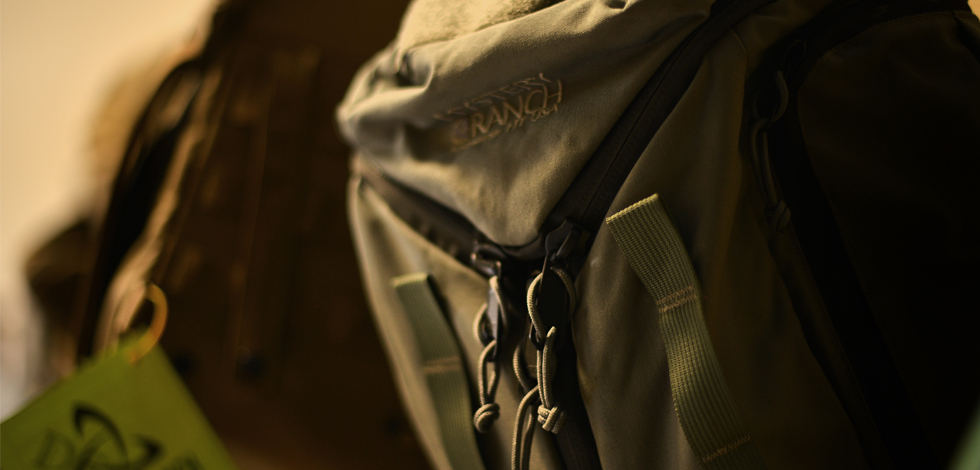

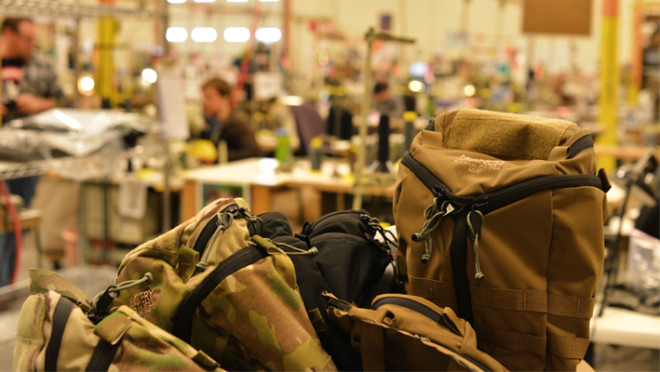
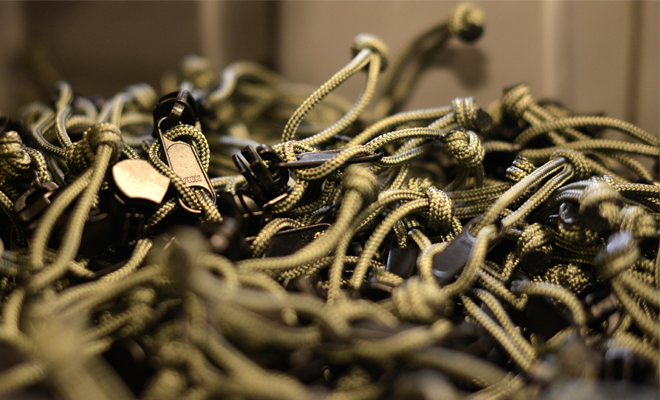
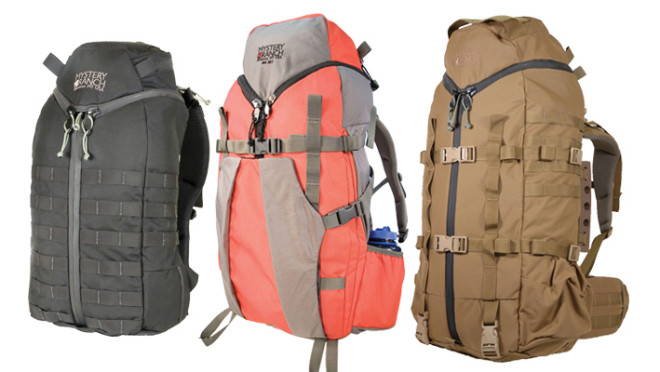
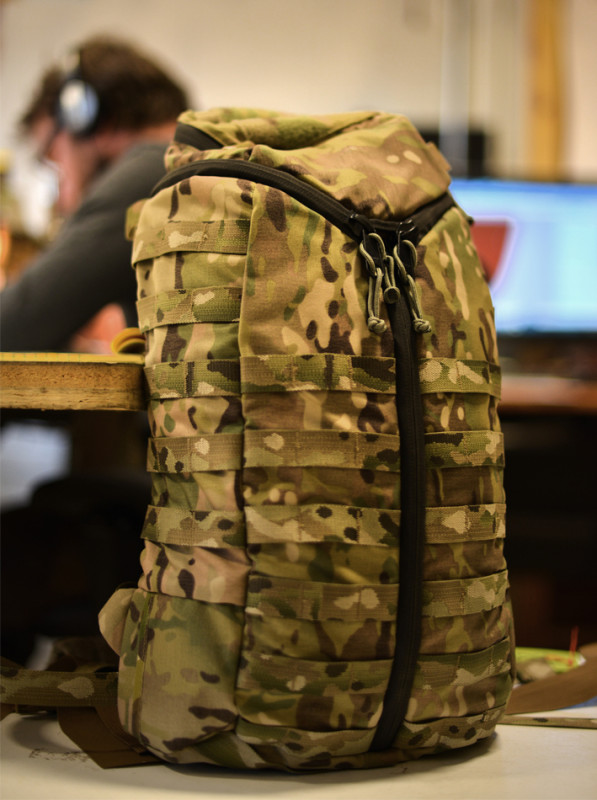
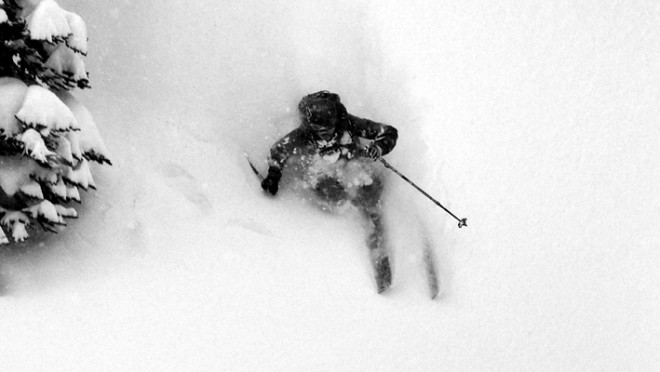
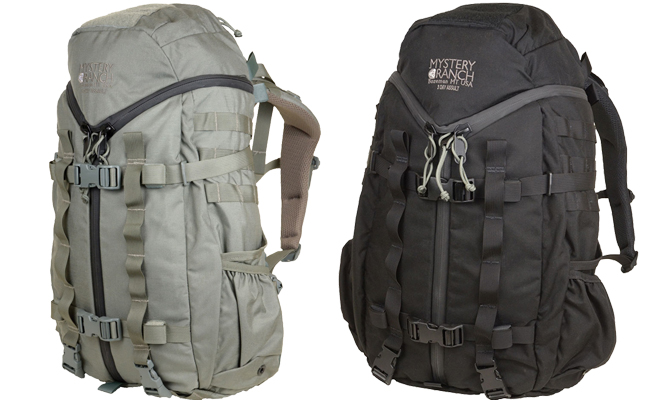
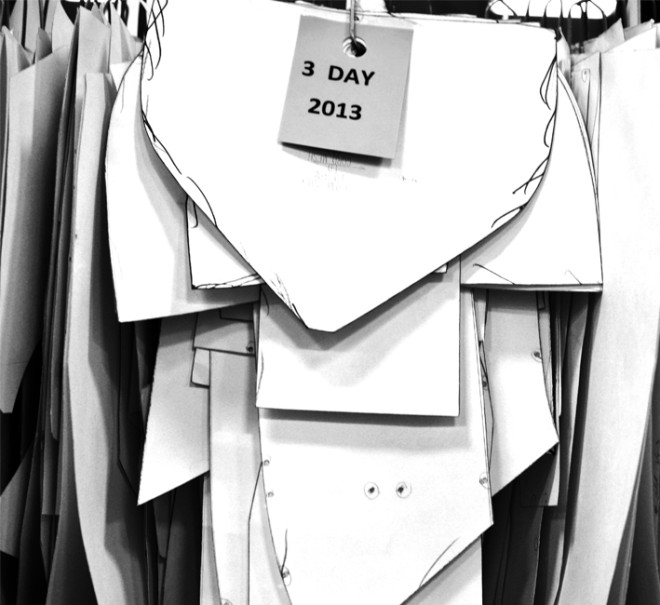
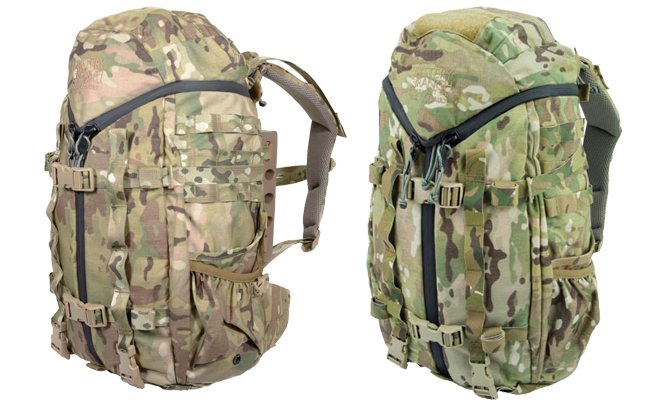
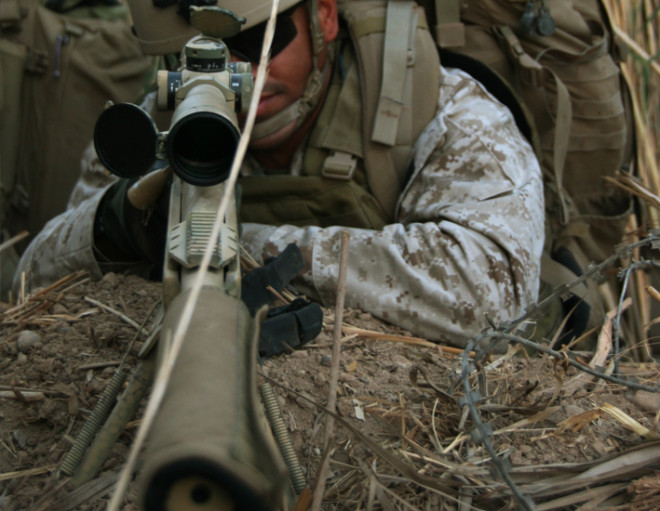
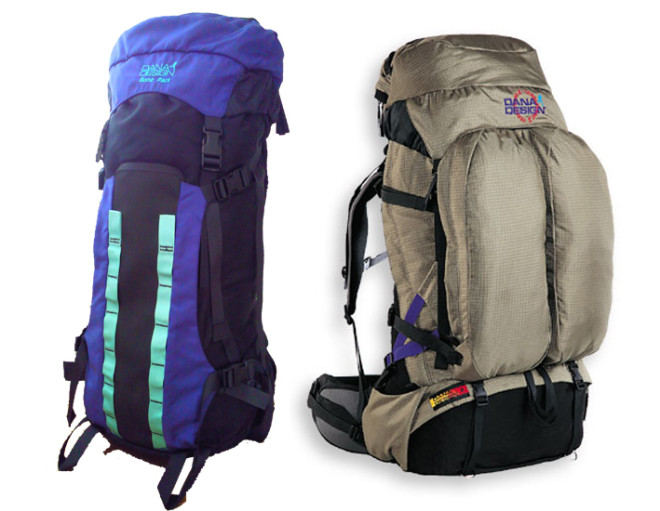







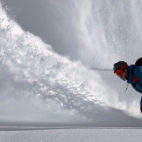

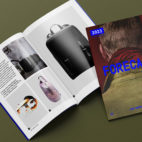




Jsprag,
that doesn’t feel like a fair representation of what happened. Even slightly.
Dana sold Dana Designs to a major outdoor brand who should totally have supported DD. They ended up changing the strategy, and folded DD in the US. That was well out of Dana’s control.
Can we ask if you still pay for any repairs and maintenance for cars that you have sold to others, even though they are no longer your cars?
Or do you think that creating a business from nothing to something awesome, and then selling it, is the issue? Is there something wrong about selling a business?
I don’t begrudge Dana the right to build something successful and then collect his paycheck and walk away.
What I do resent is him coming back in to the business and representing (again) that he’s offering premium products that carry his personal pedigree and are backed by (another) pledge of lifetime commitment.
Let me ask you this about cars: if you bought a new car and–within the warranty period–the company was sold by the founder and all support collapsed, how likely are you to purchase your next car from a new company built by the same founder?
He’s a skilled packmaker and marketer, certainly. I have a MR pack issued to me by the military and it is great. I don’t deny that there are several valid reasons for buying a MR pack. However the reality, as recorded in history by Dana himself, is that the company you’re buying that pack from may be no more than a single quarterly profit report away from disappearing altogether.
Imagine what it’s been like for Dana, having a business with his own name in it bent then shelved then folded then even resurrected in Japan as a pop-colored fashion brand.
Do you really think he wanted the sale of Dana Designs to play out like that?
But perhaps this is our job at Carryology – to help you understand the stories behind this stuff. From our conversations with him, we can see that the sale was a crap experience for him. But that’s probably not obvious to everyone else.
We’ll try to share some of that story, as once you get a feeling for how it played out, you’ll realise that it’s unlikely to happen like that again. You don’t make things as awesome as Dana does by not caring.
Maybe someday I’ll get a 3dap or the overload. For now I’m using trizip and everyday I like it even more. The 3 zip approach makes access really easy.
This is coming from a place of ignorance, I’ve never handled a MR pack. The harness is adjustable as it’s held together by velcro. What stops it wearing out over the years?
The lack of regular movement and exposure keeps the hook and loop in shape over the long haul. Additionally, the combo is fitted tightly together in a slot.
I’d be worried if you were adjusting it a dozen of times a day, but that simply isn’t the case with bag harnesses. Even in an institutional setting, I think they’d hold up well to that sort of abuse.
JC